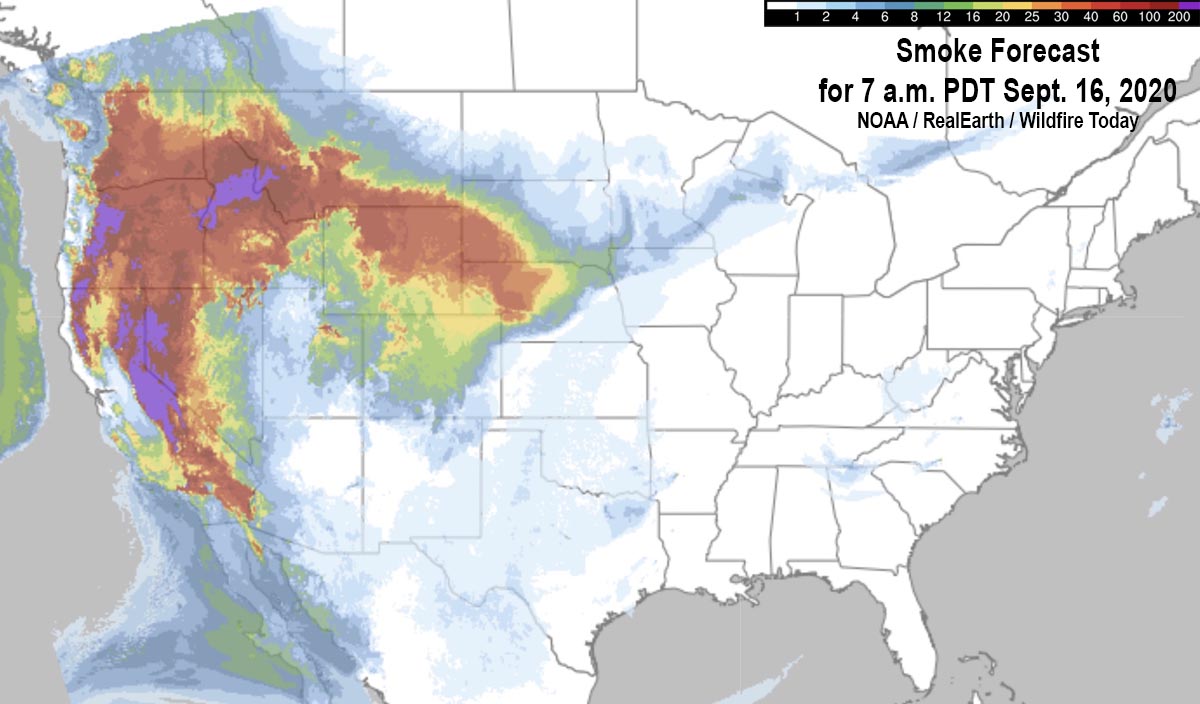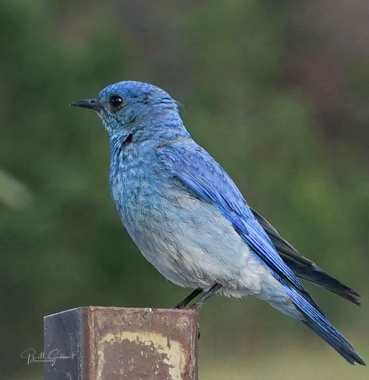5:31 p.m. MDT June 5, 2021
Mescal Fire
According to the San Carlos Apache Tribe Emergency Response Commission, evacuations have been ordered for Coyote Flats Peridot Heights, the San Carlos High School Area, and all residents along Route 3.
The fire has burned more than 25,600 acres and has 400 personnel assigned, led by Southwest Area Incident Management Team 5.
(To see all articles on Wildfire Today about these fires, including the most current, click here.)
Telegraph Fire
The incident management team (IMT) announced the estimated size has been updated to 25,000 acres. A Type 1 IMT has been ordered. The Sheriff’s Office has placed the towns of Superior and Top-of-the-World in “SET- Be Alert” status due. This means there is significant danger in the area, threatening approximately 150 residents — be ready to evacuate if notified from public safety officials. This is NOT an evacuation notification.
An estimated 150 personnel are managing the fire including 3 hand crews and 5 engines, with additional support from the State of Arizona, Gila District Bureau of Land Management, and Pinal County. A Type 1 Incident Management Team has been ordered.
Smoke
Below is the smoke forecast for Saturday evening at 8 MDT. Heavy smoke from the Mescal and Telegraph Fires is projected to move east into Southern New Mexico and Texas toward El Paso and Juárez.

12:19 p.m. MDT June 5, 2021

Two wildfires east of Phoenix, Arizona were very active Friday, exhibiting extreme fire behavior while pushed by strong winds.
Mescal Fire
The Mescal Fire 60 miles east-southeast of Phoenix and 12 miles southeast of Globe spread several miles to the east and northeast Friday, pushed by strong winds gusting to 34 mph, coming to within less than two miles of the north shore of San Carlos Reservoir. The west side of the fire continued to move to the west. (see map above)
The incident management team reported Friday that it had grown to 7,900 acres since it started June 1. Heat detected by satellites indicates that with the growth late Friday and into the night it could be two to three times that size, but mapping aircraft were not available Friday night to update the mapped perimeter.
Telegraph Fire
The Telegraph Fire is 35 miles east-southeast of Phoenix and 18 miles southwest of Globe. As this was written before noon on Saturday it had been burning approximately 24 hours. Officially it is 3,500 acres but with recent growth could be more than 5,500 acres. The Pinal County Sheriff’s Office placed the town of Superior in “SET-Be Alert” status at about 11 a.m. Saturday, meaning there was significant danger from the fire, but evacuations had not been ordered at that time. (Sign up for alerts.)
Fire officials said they expect it to move to the north and east Saturday with extreme fire behavior.

Weather
The weather forecast for the area is for hot, dry, and breezy conditions to persist through the weekend, with wind gusts up to 30 mph, daytime humidities in the single digits, and high temperatures near 100. These conditions will make it a challenge for firefighters to make a lot of progress toward containing the fires. A Red Flag Warning is expected to be in effect Saturday afternoon.












